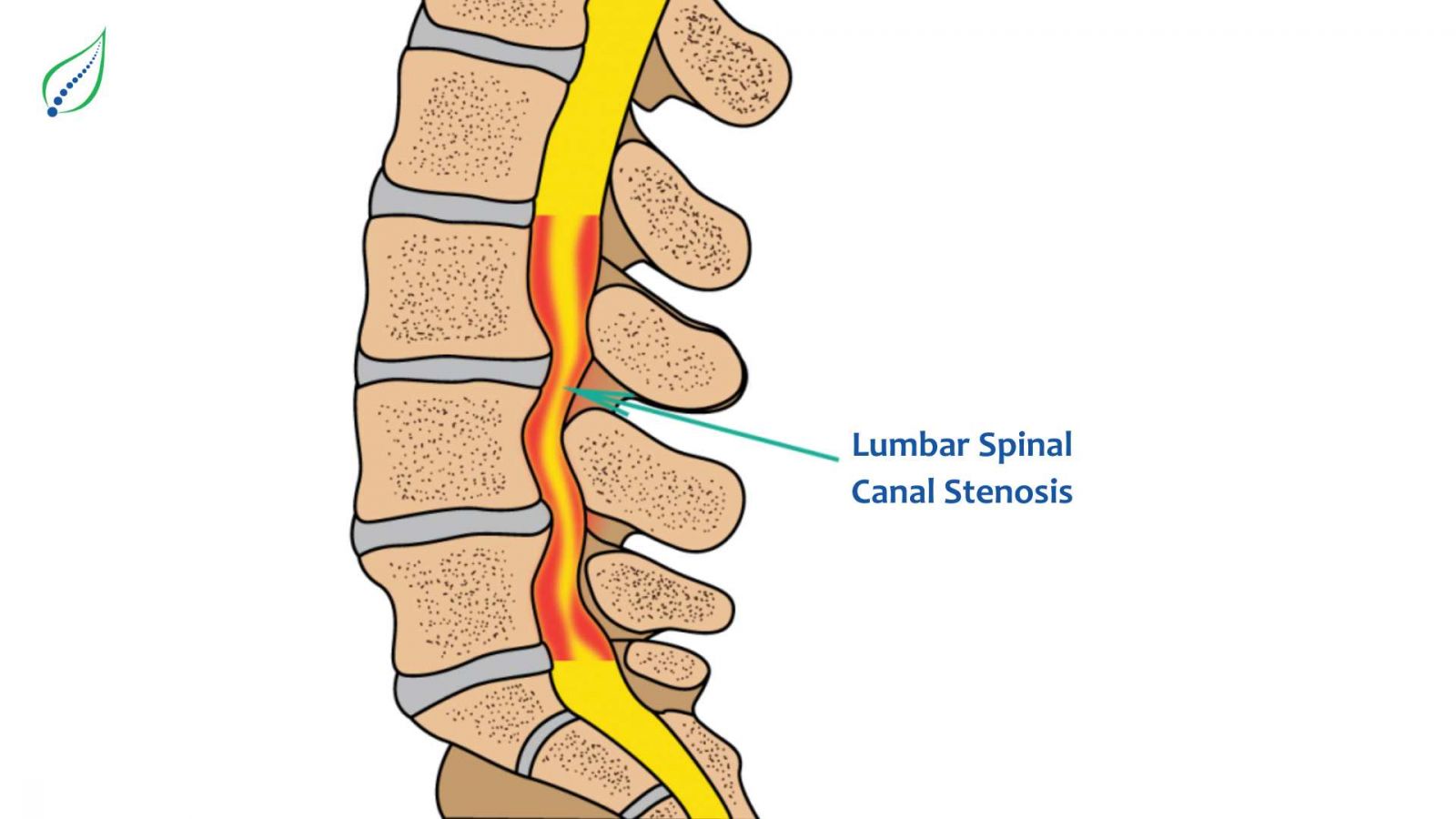Lumbar Spinal Canal Stenosis: Causes, Symptoms, and Treatments
The narrowing of one or more areas within your spinal canal is known as spinal stenosis. Your spine's vertebrae are connected in such a way that there is a tunnel formed in the centre called the spinal canal. As the tissues around the canal expand or joints of the spinal column degenerate, they gradually narrow down and apply pressure on the nerves that travels through them. Back pain, leg discomfort, weakness, and numbness are just few of the symptoms that results from the compression of these nerves.

In this post, we will look at the causes, signs, diagnosis, prognosis, and available treatments for lumbar spinal canal stenosis.
Causes
There are several reasons can contributes to stenosis:
- Aging: The spinal canal narrows due to the bones and tissues in the canal gradually growing larger as we age.
- Paget’s disease: This can also cause extra bone (bone spur) to grow near the spine.
- Arthritis: Osteoarthritis, a prevalent type of arthritis, can lead to the development of lumbar spinal canal stenosis by promoting the creation of bone spurs and inflammation.
- Accidents and Falls: Damage in the structure of spinal canal due to trauma in the spine from falls or other accidents can result in stenosis.
- Wear and Tear: Daily wear and tear on the spine's joints and bones, frequently brought on by bad posture or repetitive motions, can eventually lead to a narrowing of the lumbar spinal canal.
- Herniated Disc: Discs are cushion like structure that acts as shock absorbers between vertebra and when the nucleus pulposus leaks out it leads to compression in nerves.
- Congenital Bony Stenosis: It occurs when the bony canal of the spine is smaller than its actual size, predisposing neural compression.
These elements, either separately or together, may cause the lumbar spinal canal to narrow and subsequently compress the nerves, resulting in the symptoms of lumbar spinal canal stenosis.
Symptoms
There are several symptoms of stenosis that can have a substantial negative impact on a person's daily life. The main signs and symptoms of this illness are as follows:
- Back or leg discomfort: Lumbar spinal canal stenosis patients frequently report low back or leg pain. The discomfort could be localized or spread to the legs.
- Numbness: Stenosis is related to nerve compression that can result in numbness in the legs or other afflicted areas. This absence of feeling may be uncomfortable and impair mobility.
- Leg cramps: Many stenosis sufferers experience leg cramps or lethargy. Heaviness or fatigue may be present in especially during vigorous exercise.
- Bowel or bladder incontinence: Severe stenosis of the lumbar spinal canal can cause partial or total loss of control over bowel or bladder function. This is a significant symptom that needs to be treated right away by a doctor.
Diagnosis :
Lumbar Spinal Canal Stenosis Diagnosis:
- Medical evaluation: In order to determine lumbar spinal canal stenosis, a doctor will look after the symptoms and medical history of the patient.
- Specialized examinations and X-rays: Additional examinations, such as X-ray, computed tomography (CT) or magnetic resonance imaging (MRI) scans, may be required to confirm the diagnosis and determine the severity of the condition.
Prevention and management
Lumbar Spinal Canal Stenosis Prevention and Management:
- Exercise on a regular basis: Exercise on a regular basis is essential to prevent lumbar spinal canal stenosis. Exercises that build back muscular strength and supports the spinal health lowers the chance of stenosis.
- Body weight management: Maintaining a healthy weight is crucial for controlling and avoiding stenosis. The spine is subjected to additional strain when a person is overweight, which may hasten the narrowing of the spinal canal. A healthy weight is maintained, which lessens the strain on the spine and lowers the risk of stenosis.
- Good Posture: An important factor in preventing lumbar spinal canal stenosis is good posture. By keeping proper posture while lifting, standing, and sitting, you can lessen the chance of experiencing excessive strain on your spine.
People can avoid lumbar spinal canal stenosis and slow its progression by engaging in regular exercise, maintaining a healthy weight, and adopting excellent posture. These precautions improve spine health generally and lessen the chance of experiencing stenosis-related symptoms.
Treatment
Exercise and physical therapy, medication, and surgery are all possible treatments for lumbar spinal canal stenosis.
- Exercise and physical therapy: Exercise regimens and physical therapy are frequently helpful treatments for mild cases of stenosis. These methods seek to increase flexibility, enhance posture, and strengthen the back muscles. They can assist in symptom relief and enhance general spinal health by doing this.
- Medications: To reduce inflammation and relieve pain in the spine, nonsteroidal anti-inflammatory medicines (NSAIDs) or other prescribed medications may be used. These drugs can assist people with lumbar spinal canal stenosis in managing their symptoms and enhancing their quality of life.
The severity of the ailment and other factors should be discussed with a doctor to determine the best course of action. You can also multidisciplinary therapies and Spinal injection procedures as treatment options.
Conclusion :
Preventing the lumbar spinal canal stenosis entirely may not be possible, but there are several ways mentioned here that can help you manage it. With early detection and preventive measures, it becomes easier for individuals with this condition to lead a healthy life.
Additionally, seeking medical advice from doctor will help dealing in the right way with lumbar spinal canal stenosis.
_1690871538.jpg)
_1747226427_1751827070.png)
_1744793045_1751827442.png)
_1743751136_1751830603.png)
